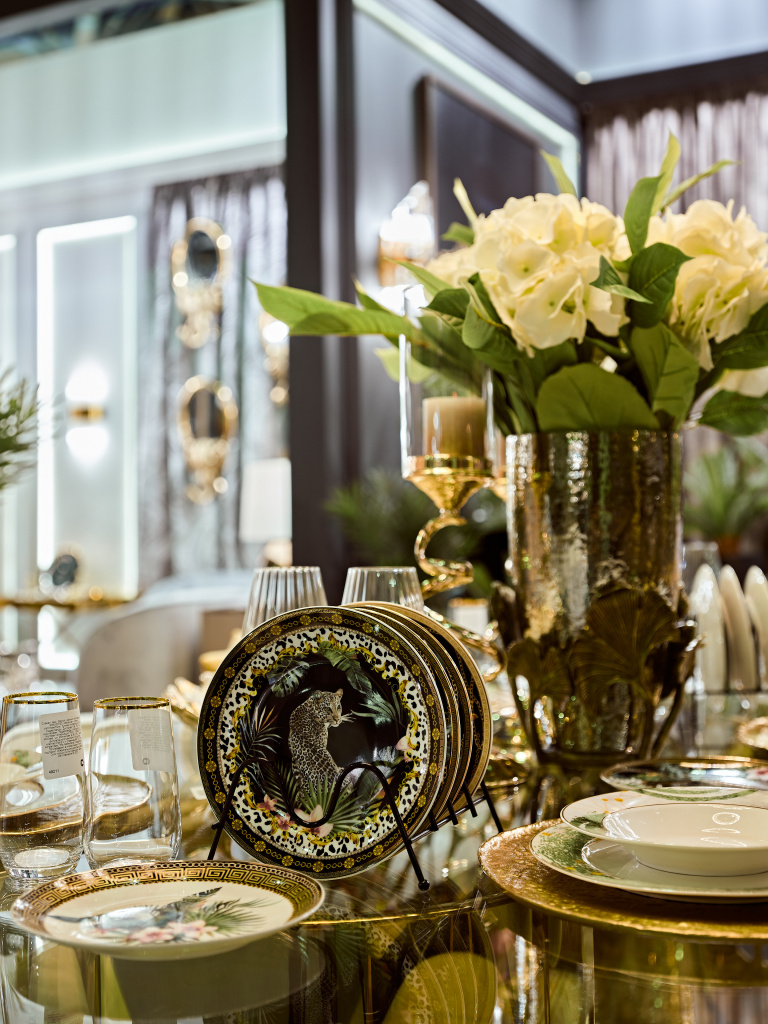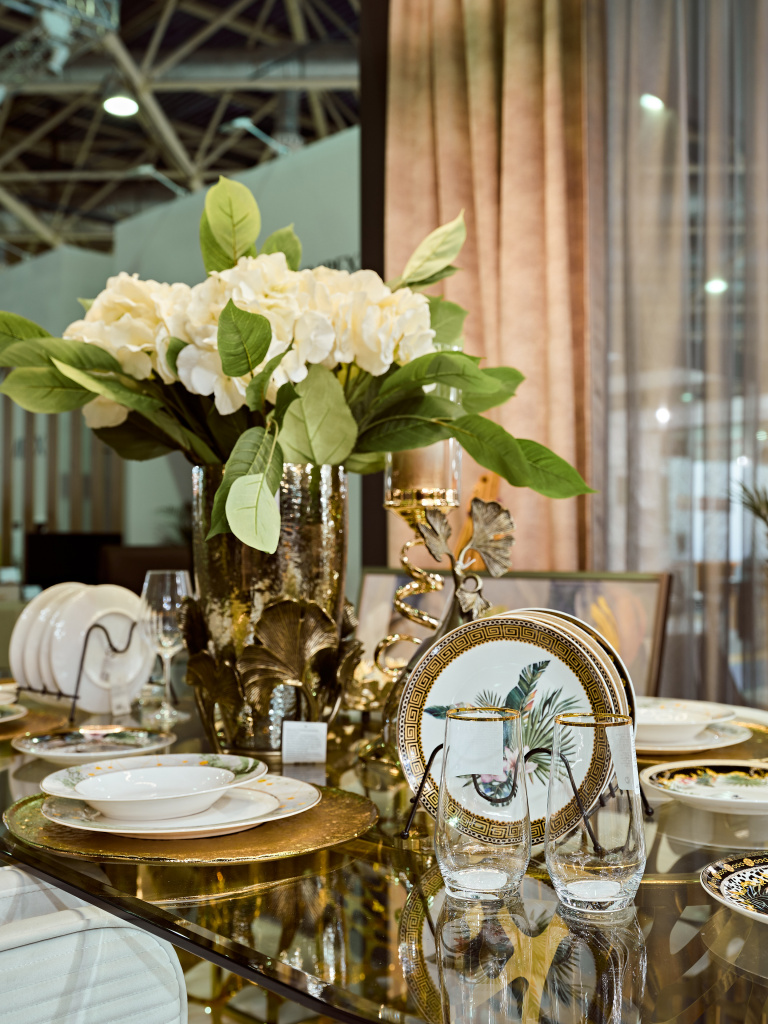
Porcelain or ceramics - which tableware to choose for the table?
Content:
- Difference in definitions
- Differences in composition and firing rules
- Features of ceramic cookware
- Features of porcelain tableware
- How to distinguish ceramics from porcelain
- Which is better to choose
Dishes are made from different materials, but porcelain and ceramics are considered the most popular. Both materials are based on clay, but due to the difference in manufacturing technologies, the output is products with completely different characteristics. Read the article about the features of these types of cookware, their advantages and disadvantages.
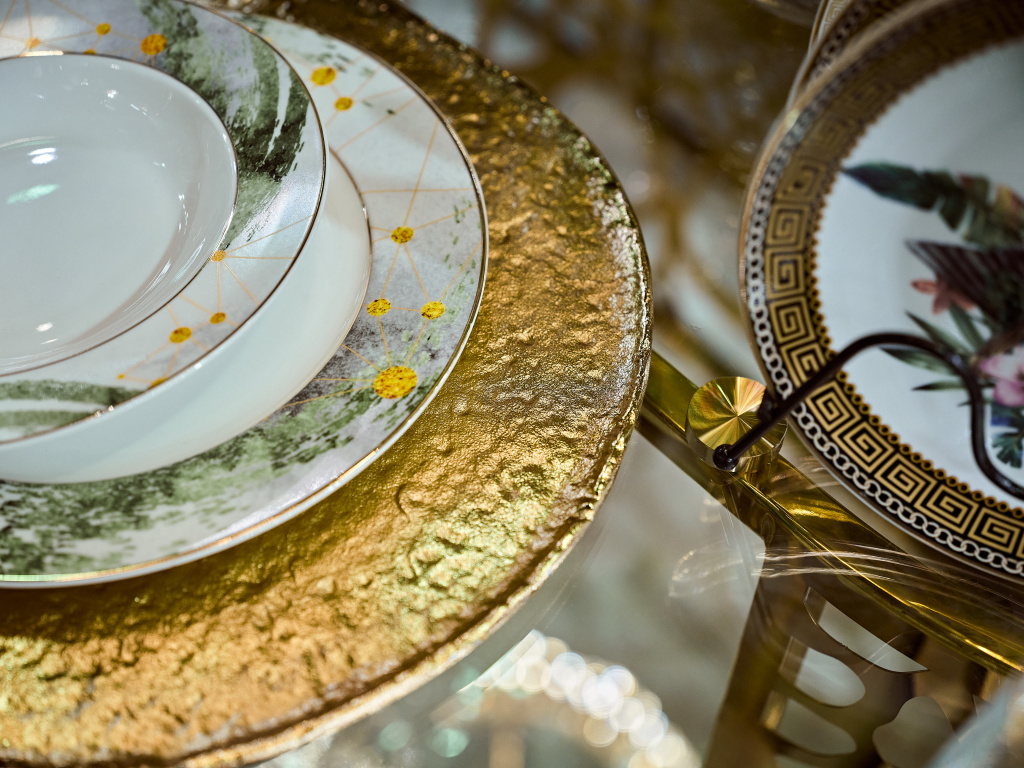
Difference in definitions
Clay is one of the very first rocks from which man learned to make household items. Its deposits are found all over the world, but the list of minerals that make up this material is heterogeneous and largely depends on the conditions of clay formation.
Ceramics is clay that has gone through a firing process. During heat treatment it becomes much stronger. It is believed that ceramics is the first material that man could obtain artificially.
The technology for making ceramic products has come a long way from hand-molding to high-tech equipment. The material itself was also improved - from terracotta, which was a red, coarse-grained ceramic mass, to porcelain, a thin, transparent and elegant material. Despite the fact that porcelain is essentially a type of ceramic, it is classified as a separate group.
Differences in composition and firing rules
Ceramics are divided into coarse and fine. The first is made from widely available cheap clays and is used to make building materials and pottery. For ceramic dishes of any kind, thin ceramics are required, for which fine-grained clay is used as a base.
Ceramic dishes contain about 80% fine-grained clay and small amounts of silicate and quartz. Firing takes place at not the highest temperatures - about 1000 °C. Ceramic products include earthenware, majolica and stoneware. Depending on the type, manufacturing technology may differ.
To make porcelain, a special type of white clay is used - kaolin. Feldspar and quartz are added to the porcelain mass, and then subjected to high-temperature firing at 1300-1400 °C. Depending on the technology, firing can take place in several stages.
Both ceramic and porcelain products are coated with glaze. But due to high-temperature processing of porcelain, the glaze merges with the shard, becoming very hard and thin. In addition to glazing, dishes are decorated during the manufacturing process by painting.
Bone china is one of the varieties of porcelain, which differs in the composition of the mass. 30-50% bone ash is added to it, giving the products unique hardness, transparency and milky whiteness. Due to these qualities, bone china is valued more than other varieties.
In the production of porcelain, many operations are carried out manually, in addition, products are often deformed during firing, which is reflected in the price - porcelain tableware is more expensive than products made from any other type of ceramics.

Features of ceramic cookware
Ceramics are characterized by a porous structure, due to which it absorbs moisture well. The material is less durable compared to porcelain, so ceramic dishes have thicker walls.
Such products retain heat well inside, maintaining the temperature of hot dishes and drinks for a long time. They can withstand extreme heat and cold, but cannot tolerate sudden temperature changes, which can cause a web of small cracks to appear on the surface of some types of ceramic products.
Features of porcelain tableware
Porcelain is the hardest type of ceramic. It is non-porous, durable, and is not afraid of temperature changes. Porcelain tableware lasts a long time, maintaining its original appearance, which is why such products are valued by collectors.
The material has a white color, which, depending on the type of porcelain and the content of impurities, can vary from dazzling white to milky. Painting is often applied to a white background. An underglaze technique for applying decor is used for dishes, thanks to which the design is not washed off upon contact with water.
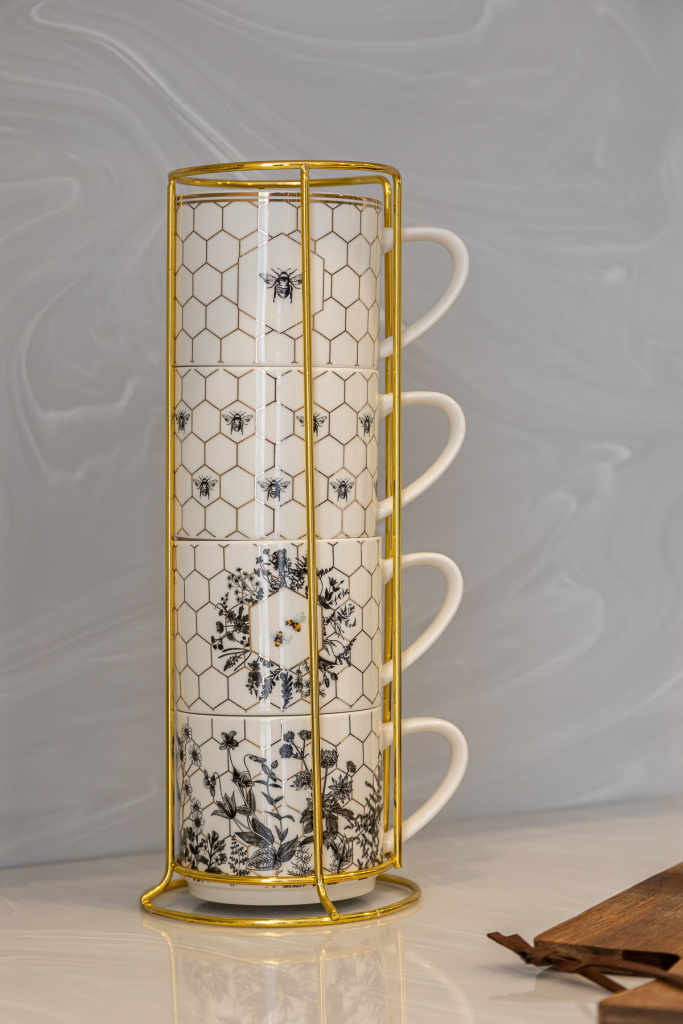
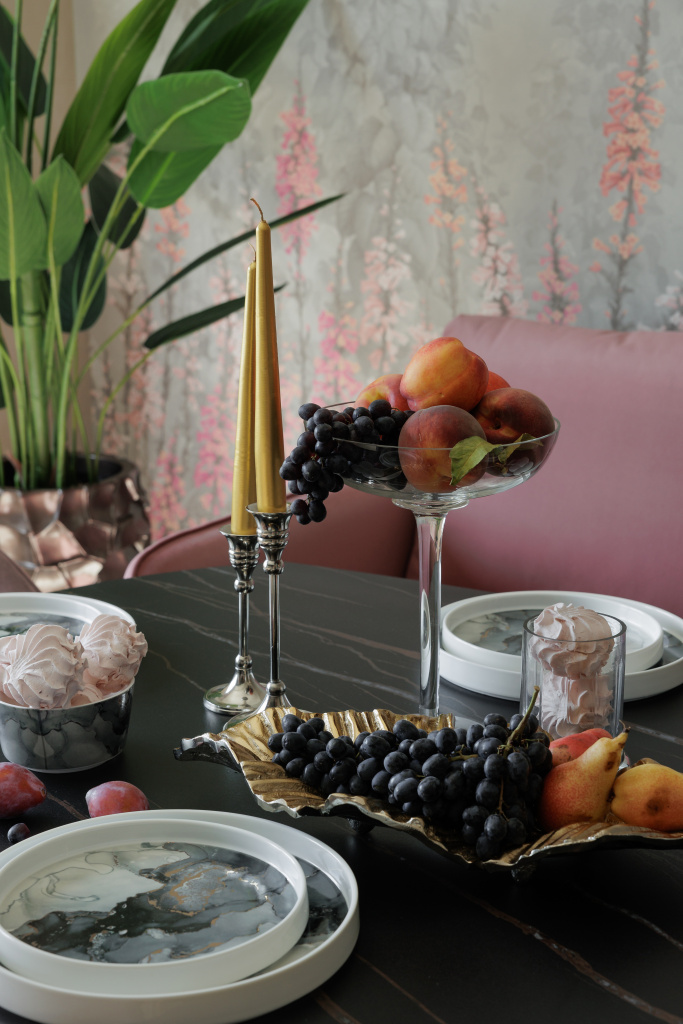
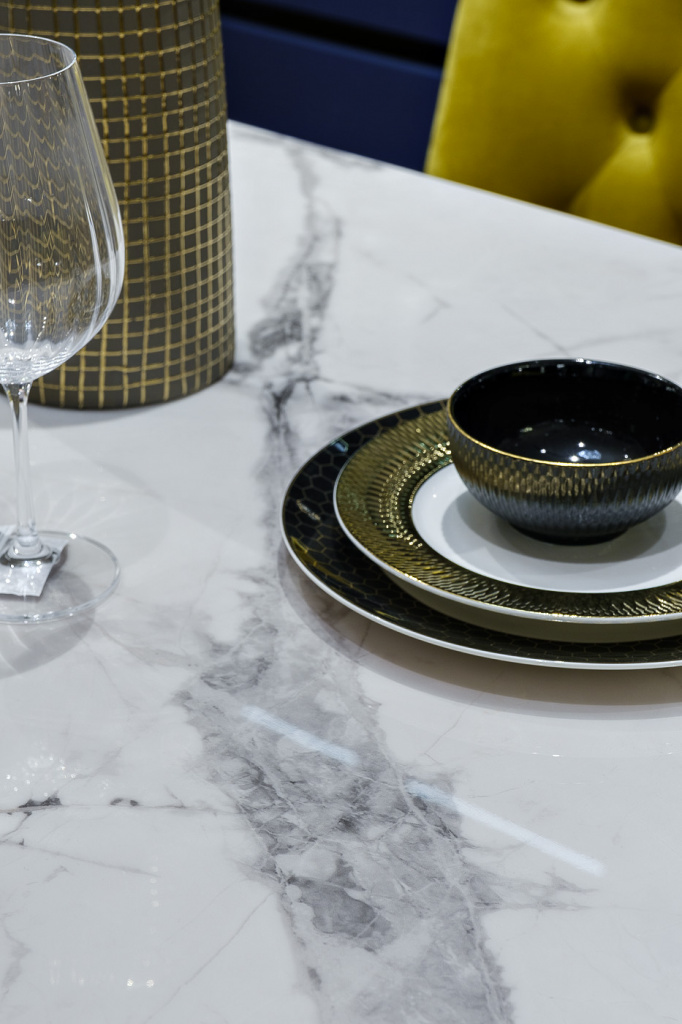
How to distinguish ceramics from porcelain
You can distinguish different types of ceramic products by a number of external characteristics:
- The first visible difference between ceramics and porcelain is the thickness of the walls. Ceramic tableware is less durable due to the relatively low processing temperature and composition features, so it is always thicker than porcelain products.
- Materials differ in sound - in ceramics it is short and dull, while in porcelain it is ringing, musical, and longer.
- The rim on the bottom of porcelain dishes almost always remains rough due to the lack of glaze. This is due to the high firing temperature, during which the completely glazed bottom may stick to the stand. The edge of ceramic dishes is almost always glazed, since unprotected material will absorb moisture more strongly.
- Ceramic tableware is completely opaque, and high-quality bone china products, due to their thin walls, are capable of transmitting light.
- Porcelain dishes are much lighter than ceramic ones. If you take the product in your hands, you can feel its unusual lightness and weightlessness. This is especially noticeable if the porcelain is bone.
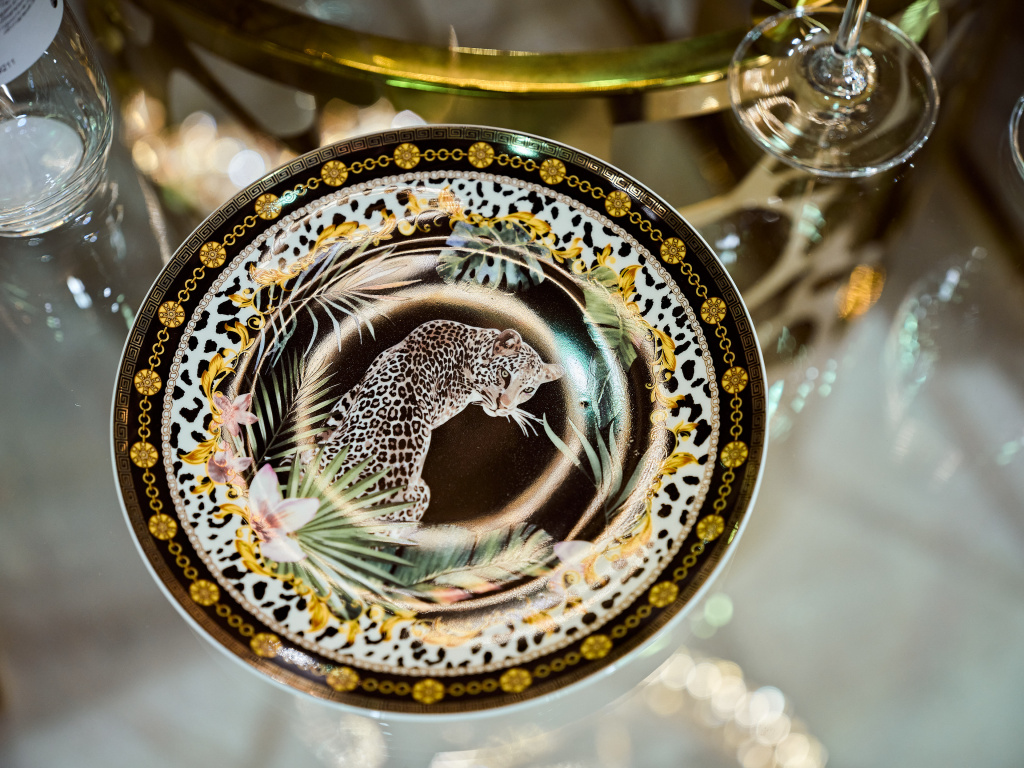
Which is better to choose
Porcelain is an elegant, aristocratic material. The dishes made from it are ideal for setting the table when organizing special receptions or for festive family feasts.
Ceramic dishes are not so refined, but don’t think that they are something ordinary, much less mediocre. Its simple shapes and slightly rough finish contain its charm, style and charm. It is truly homely, natural, family-friendly and cozy, making it ideal for everyday household use.
The Garda Decor online store offers a large assortment of exquisite porcelain tableware and stylish ceramic products. If necessary, our managers will help you in choosing plates, salad bowls, tureens, cups and dishes for special occasions and for regular use.
